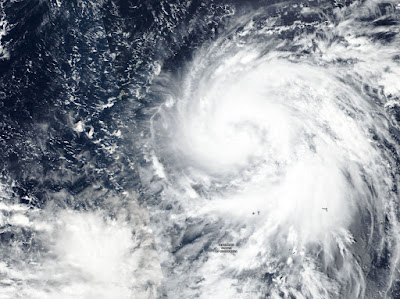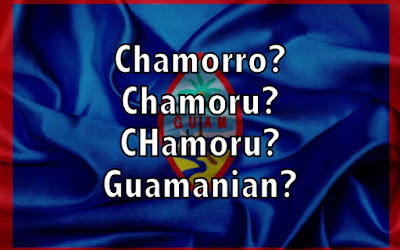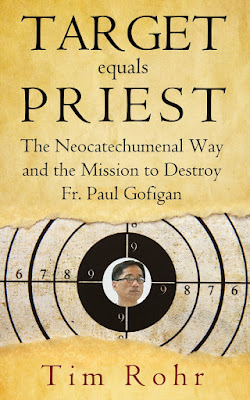Poisonous Palåyi Waters

I have been working for about two years now on a social studies textbook for UOG Press. This is a part of a project that aims to create locally and regionally focused social studies textbooks for each elementary school grade. In the past there have been a few different social studies textbooks, but often times they were aimed at multiple grades or were focused more on Guam History as opposed to being solid social studies texts. This project is exciting and challenging on many levels. The grade I am working on is fourth grade, which is fortunate for me, since it is the grade when students are supposed to get their first focused taste of Guam History. It is, gi minagahet, very exciting. I get to use everything from Guam History, to Chamoru language, to legends and local parables to get students connected to the world around them and understand how to be an effective, productive and critical part of your community. In the first two units, one thing that I have tried to use alot of are l






